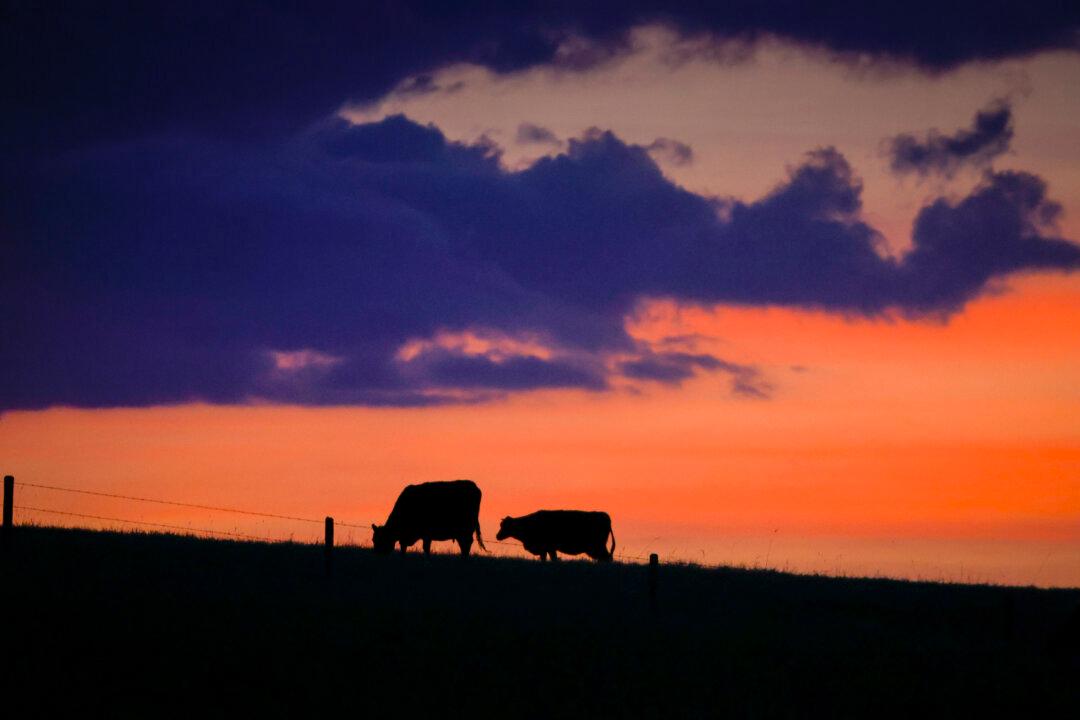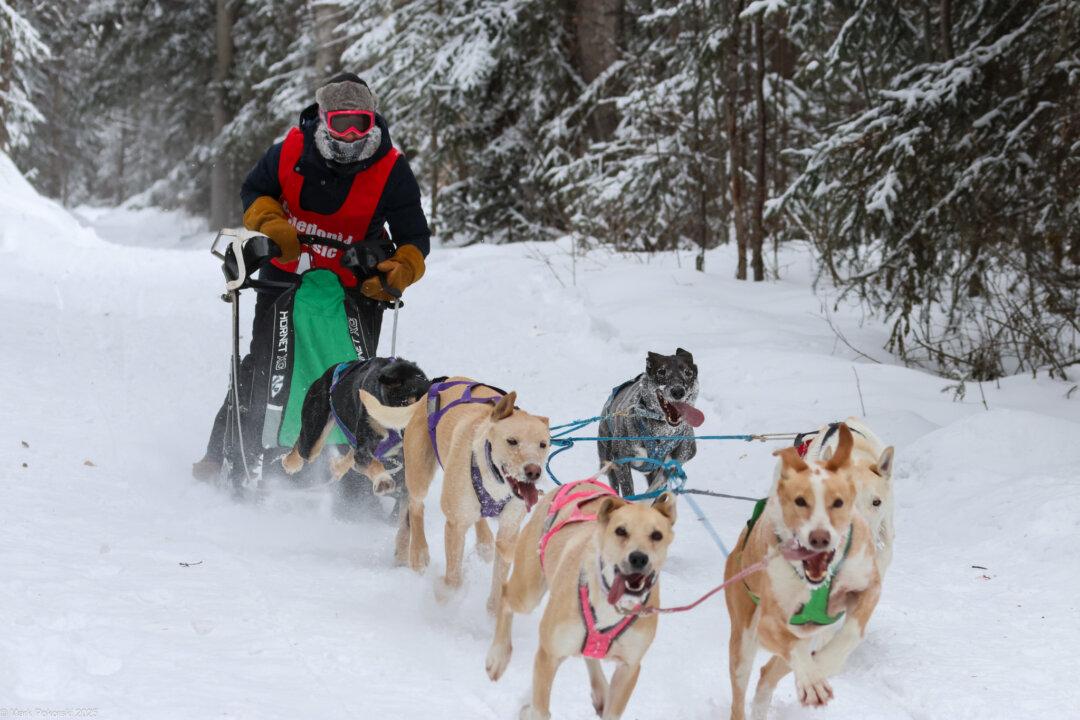Amid worries about a major drought in 2024, the province of Alberta has announced its Drought Command Team has been authorized to start negotiations with major water licence holders to set up water-sharing agreements to reduce the impact of a potential drought.
In a news release, the province said it is focusing on three watershed systems—the Red Deer River, Bow River, and Old Man River basins.





